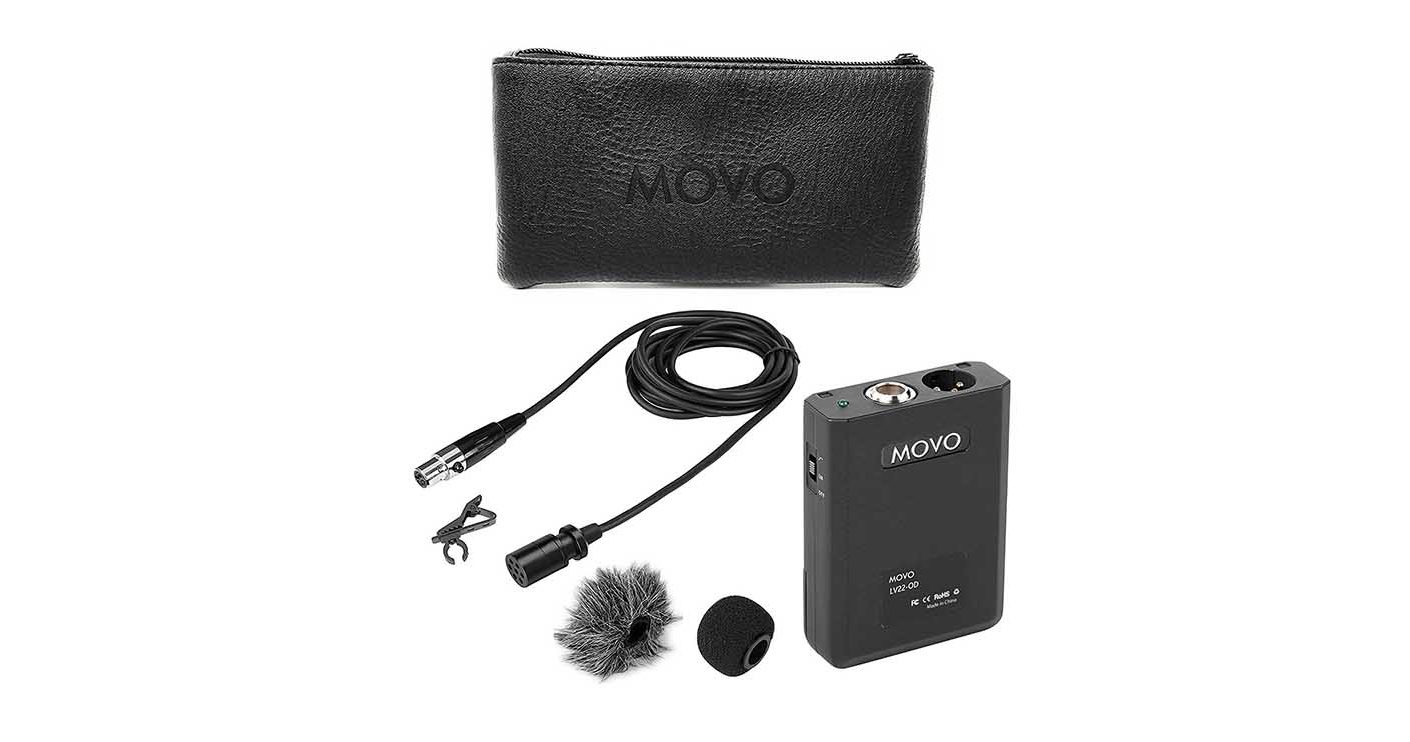In this guest post by Ben Halberstam, CEO of Movo, you’ll learn everything you need to know about the omnidirectional microphone uses, including their pros and cons.
Whether you’re looking to purchase recording equipment to start a podcast, record an EP or make a documentary, you realize the importance of having the right equipment. If this is your first experience with a project of this caliber, you may be overwhelmed by all the options and information available.
Before you start blindly purchasing cameras and mics, you should do some research to discover which type of equipment is right for your project.
Omnidirectional microphones can sometimes get overshadowed by the newer unidirectional mics, but they offer a lot of advantages. If you’re trying to decide which mic is right for you keep reading to learn more about omnidirectional mics and their full range of capabilities.
What is an Omnidirectional Microphone?
As its name suggests, an omnidirectional microphone is designed to pick up sound from all sides of the mic, meaning that a speaker can talk into the microphone from any direction and it will be able to capture the sound.
While this technology can be very advantageous in certain situations where sound needs to be detected and recorded from multiple different directions or locations, omnidirectional mics aren’t always the right choice. Consider what you’re looking to amplify with your mic and determine if the omnidirectional capabilities of the mic will be beneficial or detrimental to the overall quality of your recording.
When Should You Use an Omnidirectional Microphone?
Omnidirectional microphones are recommended in any situation that requires the audience to hear sounds from multiple directions. If a single musician is performing on stage, a unidirectional microphone might be a better choice as the mic will pick up more of the sound (the singer’s voice) as it is directed right into the device and less of the background sounds.
Many musicians swear by omnidirectional mics for moments when multiple instruments need to be picked up at once. For performances like musicals or plays with multiple actors on stage, omnidirectional microphones can easily and clearly pick up sounds from several different people at one time, making the show more audible to the audience.
Pros of Using an Omnidirectional Microphone
Omnidirectional microphones offer a lot of advantages to users but only in the right situations. For anyone who is using their mic outside, omnidirectional mics are superior to unidirectional ones because it can diminish the distracting sound of the wind.
The unidirectional mic can very clearly capture wind noise, making it difficult to hear what is actually being said into the mic and diminishing the overall recording quality.
The most obvious advantage of an omnidirectional microphone is its ability to capture noise from every direction. The greatest advantage of an omnidirectional microphone is its ability to eliminate the proximity effect, which is a term for the additional bass a microphone picks up based on how close the speaker is to the mic, improving the overall quality.
Cons of Using an Omnidirectional Microphone
The only real negative side effect to using an omnidirectional microphone is the potential to pick up unwanted sounds. However, because of the mic’s design, this effect is usually intentional.
If you’re looking to pick up something very specific and drown out the surrounding noise, an omnidirectional mic is not the device that you’re looking for.
To avoid picking up unwanted noise, consider the environment in which you are recording and try to eliminate as much background noise as possible.
Selecting the right type of mic is essential to bringing out the best sound quality in your recording or live performance. If you’ve been struggling to pick up multiple sounds or voices at once with your current mic, try out an omnidirectional microphone to improve the overall quality.
Even if you’re not looking to record multiple sounds at once, but you can’t seem to get rid of the proximity effect, an omnidirectional microphone may just be the perfect solution.




thanks… was looking for information regarding the absence of the proximity effect on omni-directional mics…